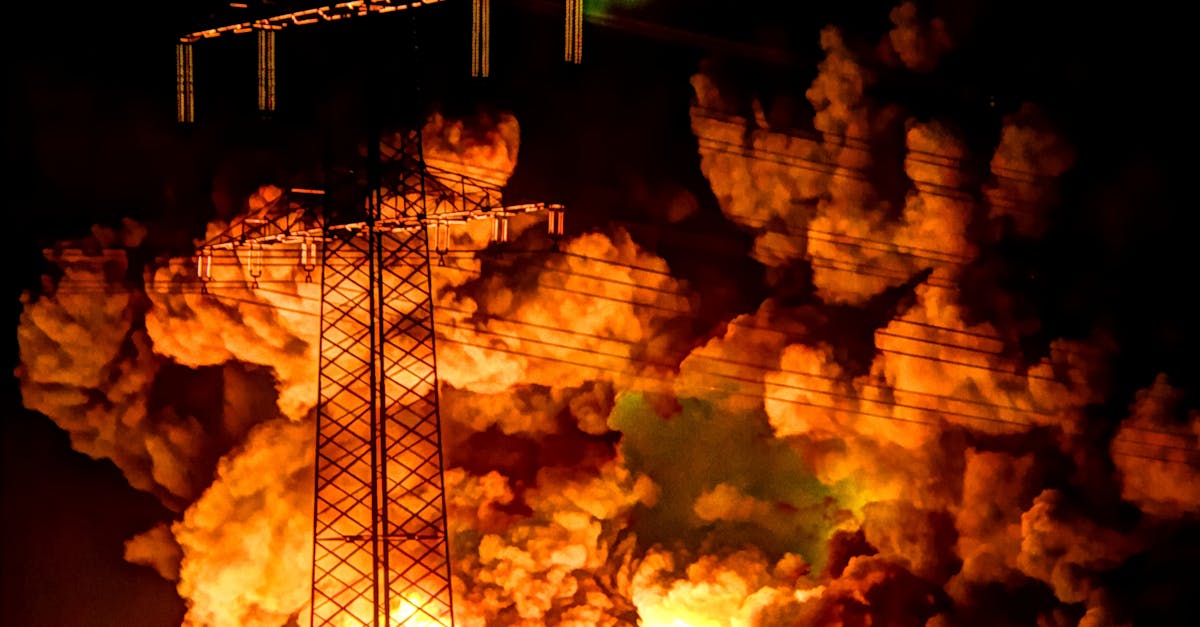
Table Of Contents
How to Identify Sediment in Your Tank
Sediment accumulation in a hot water tank can be subtle at first. One of the initial signs to look for is a noticeable change in water clarity. If your hot water appears cloudy or has a rusty tint, sediment may be present. Additionally, listen for unusual sounds, such as rumbling or popping, which can indicate that sediment is interfering with proper heating.
Regular inspections are key to effective hot water system maintenance. Checking the temperature and pressure relief valve periodically can help you identify potential issues. If you find that the valve is leaking or not functioning correctly, this may signal an impending build-up of sediment that requires attention. Keeping an eye on these indicators allows for proactive maintenance and helps ensure the longevity of your hot water system.
Visual and Physical Signs of Sediment
Identifying sediment in your hot water tank can start with visual cues. If you notice a cloudy or murky appearance in your hot water, it may indicate sediment buildup. Additionally, if you observe a strange odor or discoloration in the water, this can also signal the presence of sediment. These physical signs are crucial indicators that your routine hot water system maintenance might be due.
Physical signs can also manifest through the performance of your hot water system. If you experience inconsistent water temperature or a drastic decrease in hot water supply, sediment could be the culprit. Unusual noises, such as popping or rumbling sounds, may suggest that sediment is accumulating on the bottom of the tank. Addressing these symptoms early through thorough hot water system maintenance can prevent further complications.
Consequences of Neglecting Drainage
Neglecting to drain your hot water tank can lead to significant consequences that compromise both the efficiency and longevity of your system. Over time, sediment can accumulate at the bottom of the tank, creating a barrier between the heating element and the water. This not only hinders heat transfer but also forces the system to work harder, increasing energy consumption and driving up utility bills. Regular hot water system maintenance helps ensure that any buildup is addressed promptly, preventing these costly issues.
Failure to perform routine drainage can also lead to more severe problems such as corrosion and leaks. When sediment sits undisturbed, it can cause the tank to rust from the inside out. This deterioration can result in water leaks and even tank failure, which may require costly replacements. Adopting a proactive approach through regular hot water system maintenance can mitigate these risks, prolonging the life of your heater and preserving your home’s hygiene and comfort.
Potential Damage to Your Hot Water Heater
Neglecting to drain your hot water tank can lead to sediment buildup, which may not be immediately visible. Over time, this accumulation can create pressure on the tank walls, potentially resulting in leaks or bursts. The efficiency of your hot water heater diminishes as the sediment acts as an insulating layer against the heating element, causing it to work harder and consume more energy. A well-maintained tank avoids these issues, ensuring a safer and more cost-effective hot water supply.
Beyond immediate structural damage, poor maintenance can lead to a shortened lifespan for your hot water heater. The costs associated with repairs or a complete system replacement can be substantial. Regular Hot Water System Maintenance is essential in preventing these problems. By scheduling routine drainings, homeowners can preserve the integrity of their hot water system and enjoy reliable service for years to come.
Best Practices for Hot Water Tank Maintenance
Regular inspection plays a vital role in hot water system maintenance. Homeowners should take the time to visually check for any leaks or signs of corrosion around the tank and its fittings. Additionally, checking the pressure relief valve can prevent potential issues. This part of the system ensures that excess pressure does not build up, which can be dangerous if left unchecked. A simple yearly test can help ensure everything is functioning properly.
Flushing the tank regularly helps maintain optimal performance. Sediment buildup can lead to inefficiency and even damage over time. Draining several gallons of water from the tank annually removes sediment and helps improve heating efficiency. Following the manufacturer's guidelines can further support effective hot water system maintenance, ensuring the heater operates smoothly and efficiently for years to come.
Tips for Longevity and Efficiency
Regular hot water system maintenance can significantly enhance the lifespan and efficiency of your unit. Begin by checking the temperature setting on your thermostat. Ideally, it should be set to 120 degrees Fahrenheit to prevent overheating and reduce energy consumption. Additionally, periodically inspect the anode rod, which helps to prevent corrosion inside the tank. Replacing a worn anode rod can prolong the life of your hot water tank and ensure it operates more efficiently.
Flushing the tank at least once a year helps eliminate sediment buildup. Sediment can cause a host of issues, including reduced efficiency and damage to the heating element. Consider scheduling routine inspections with a professional to catch any potential problems early. Taking these proactive steps in hot water system maintenance not only improves performance but also minimizes the likelihood of costly repairs down the road.
FAQS
How often should I drain my hot water tank?
It is generally recommended to drain your hot water tank at least once a year to remove sediment buildup and maintain efficiency.
What are the signs that my hot water tank needs to be drained?
Signs that your hot water tank needs draining include discolored water, unusual noises (like popping or rumbling), reduced hot water supply, and visible sediment at the bottom of the tank.
Can I drain my hot water tank myself?
Yes, you can drain your hot water tank yourself. However, it's important to follow the manufacturer's instructions and take necessary safety precautions, such as turning off the power and allowing the tank to cool down.
What happens if I don't drain my hot water tank regularly?
Neglecting to drain your hot water tank can lead to sediment buildup, which can reduce efficiency, increase energy costs, and potentially cause damage to the tank, leading to leaks or premature failure.
Are there any specific maintenance practices I should follow besides draining?
In addition to draining, it's important to check the temperature setting, flush the tank according to the manufacturer's guidelines, inspect the anode rod, and ensure proper insulation to improve longevity and efficiency.





























